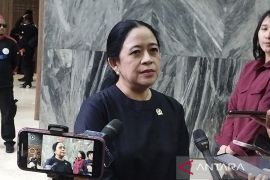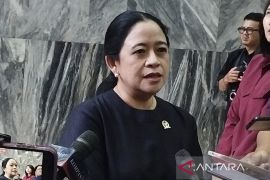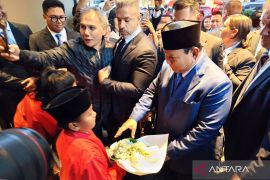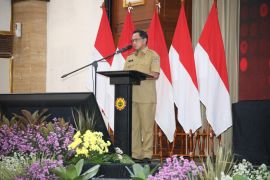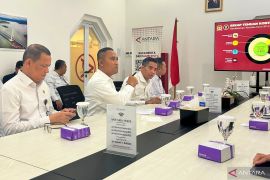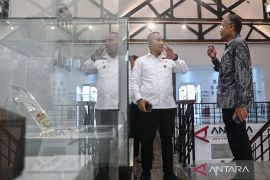"A fishing port must have a series of facilities to operate," Acting official of the Director General of the Sea Management Ministry of Marine Affairs and Fisheries Syarief Widjaja stated here, Monday.
After building the dock, the ministry will also set up a refueling station, clean water treatment facilities, cold storage, fisheries market, and other supporting facilities, he revealed.
"PLN (National Electricity Company) has also agreed to increase electricity supply to up to three megawatts. In addition, we have coordinated with the Ministry of Public Works and Housing to build a halfway house for the fishermen from outside Natuna," Syarief stated.
The development plan was intended to assist the fishermen in playing a greater role in developing the fisheries potential in the region, he affirmed.
Besides the development in the strait of Lampa, the port is also supported by other islands, such as Sabang Mawang and West Sabang Mawang that produce seaweed, and Sedanau Island that serves as a cultivation center for Napoleon fish, a domestic species from Natuna.
Natuna islands also has huge potential to become an ocean port equipped with institutional components, such as a harbormaster, licenses, and an online system for Jakarta or several seaports, among others.
"However, it is a step-by-step process. What is important right now is the seaport on the strait of Lampa can operate as a coastal fishing port," he explained.
Based on information from Head of the Natuna District Provincial Development Planning Agency (Bappeda) Hardinansyah, they have prepared a 20-hectare plot of land that can accommodate up to 50 ships weighing above 30 gross tonnage.
"We also welcomed the fishermen transmigration program and have prepared the land for their settlement," Hardinansyah stated.
Based on data received from the local government, fisheries products reached up to 48.75 tons per year, and cultivation fisheries producing 733 tons per year.(*)
Editor: Heru Purwanto
Copyright © ANTARA 2015
